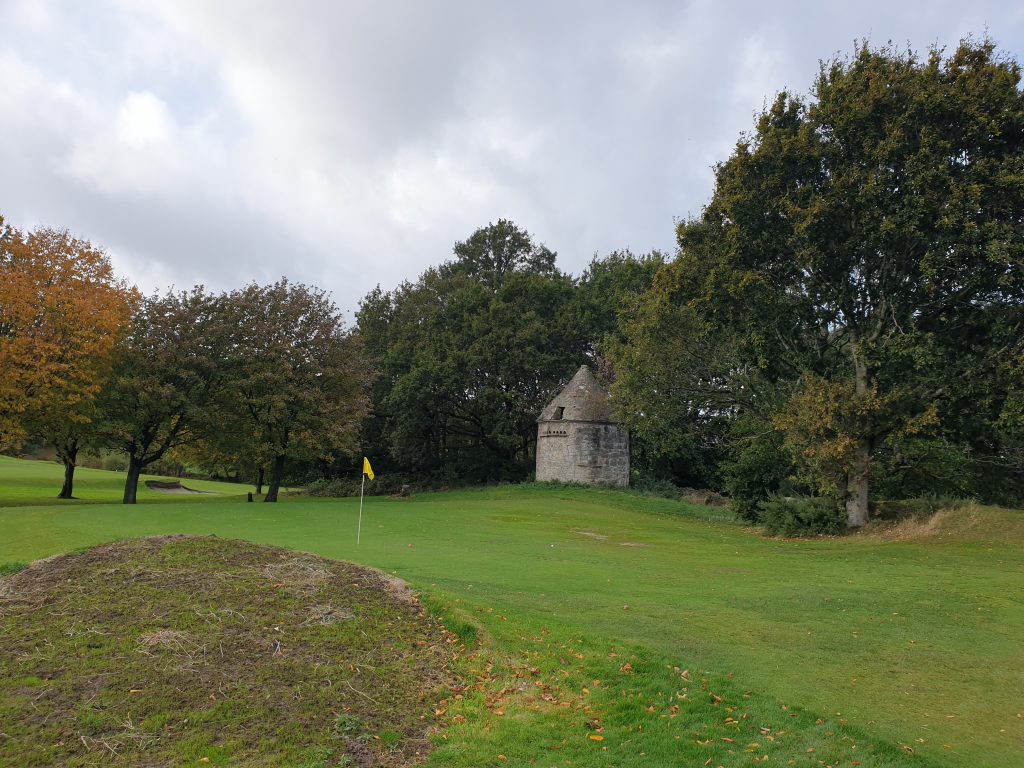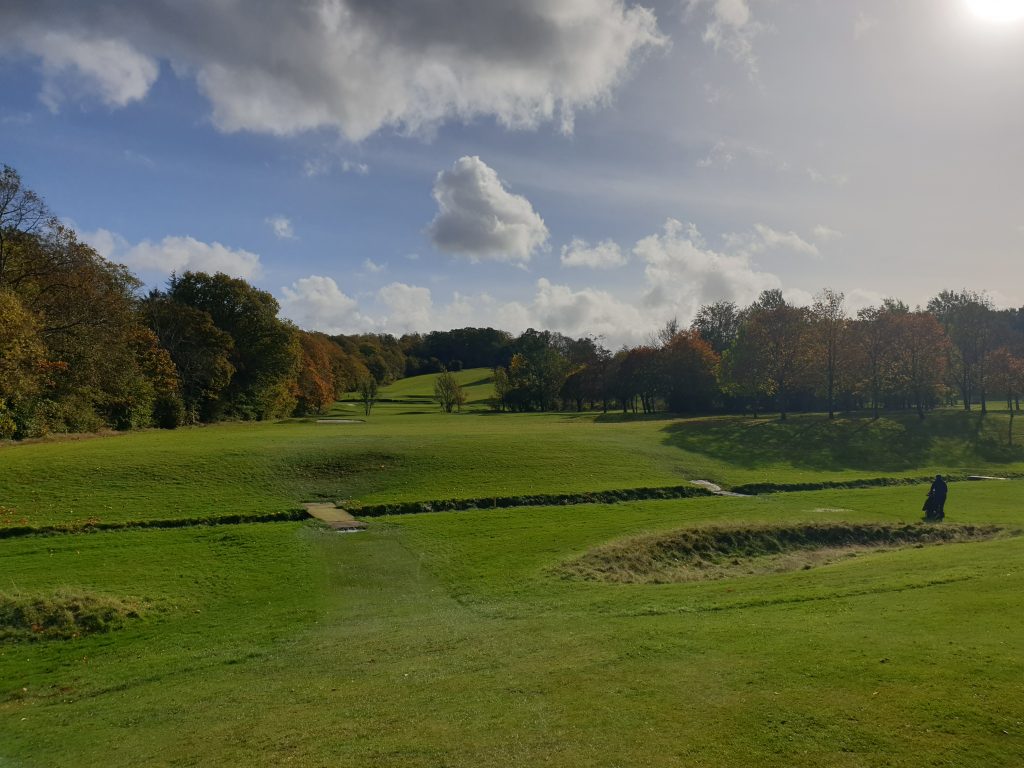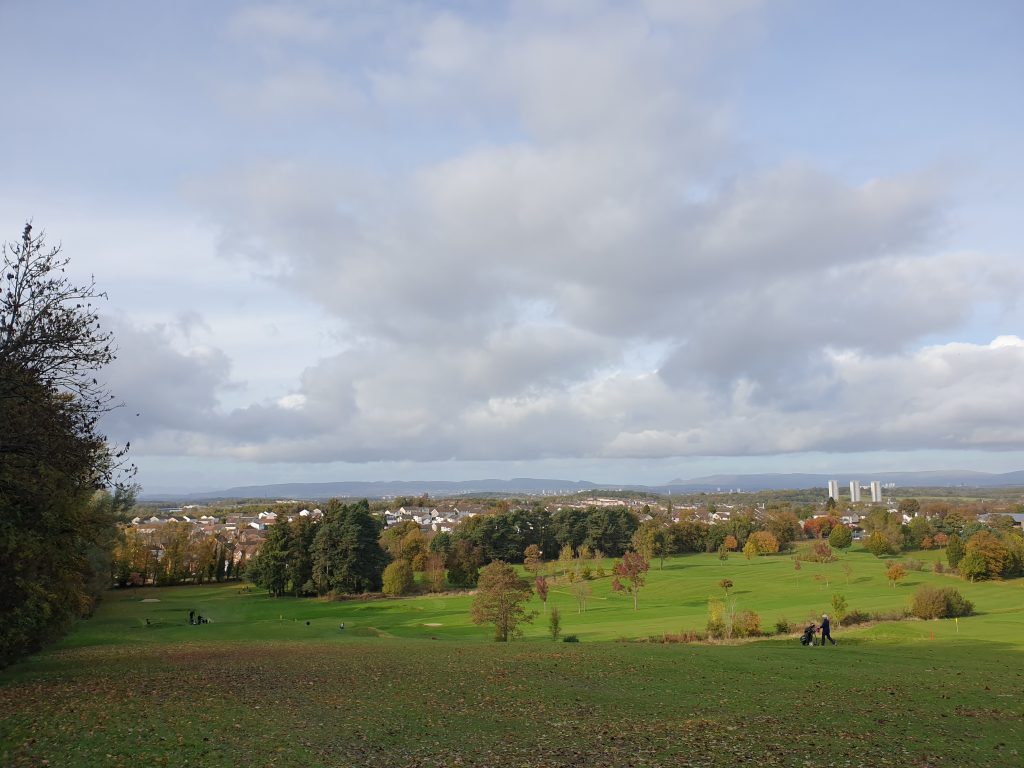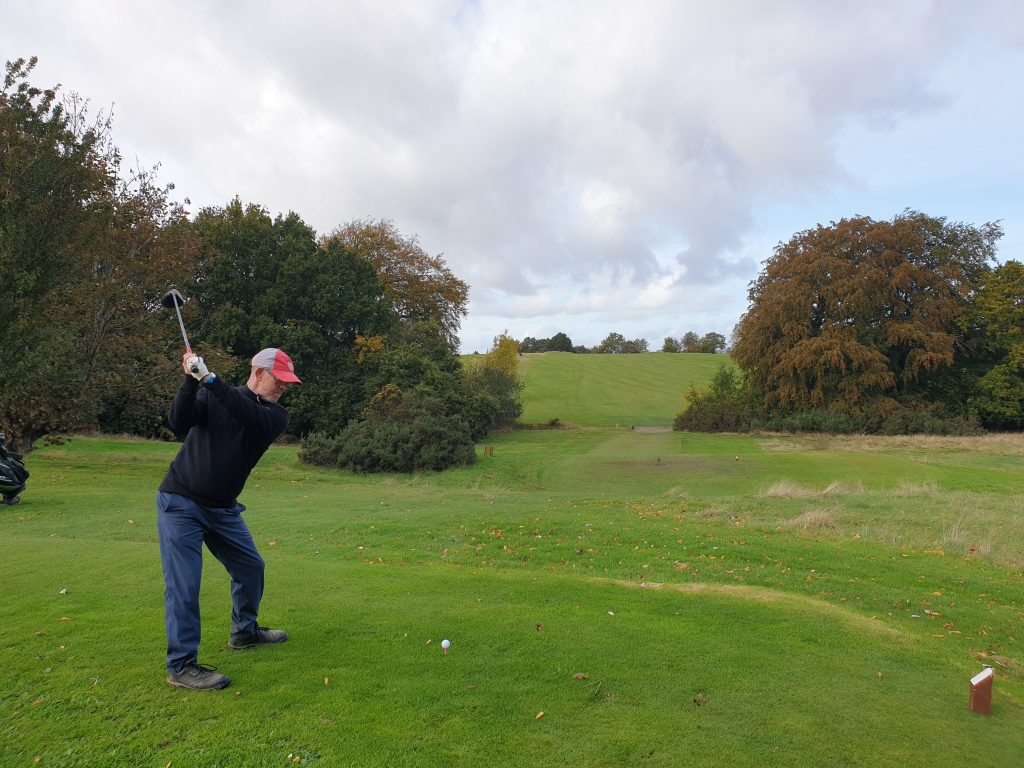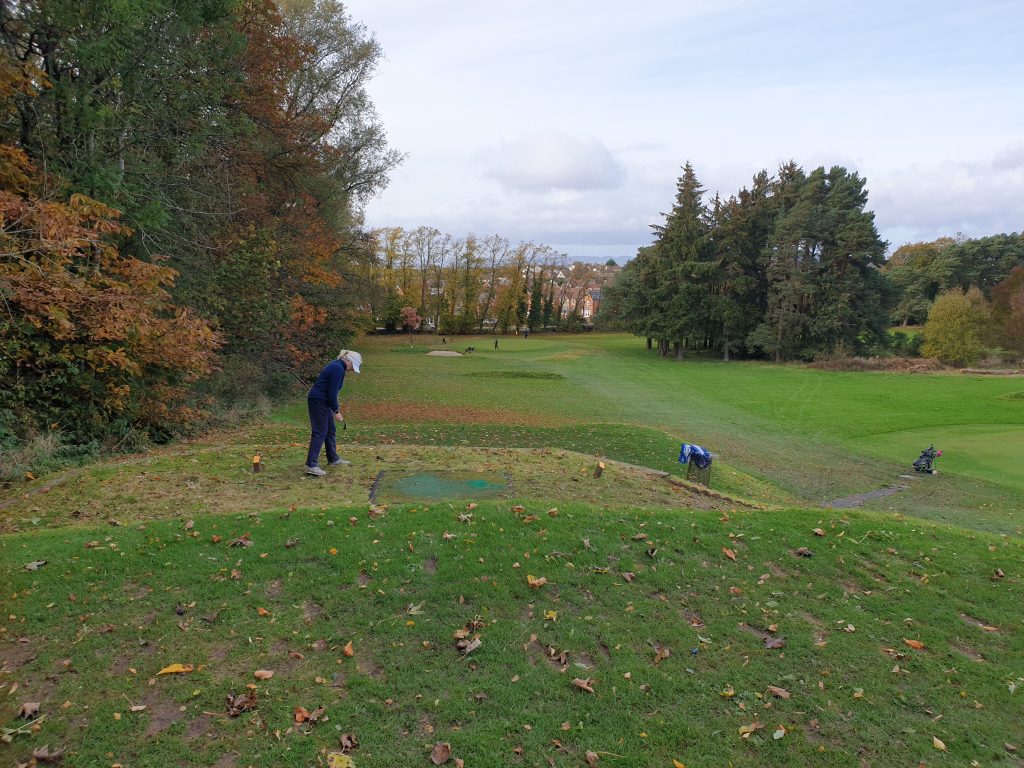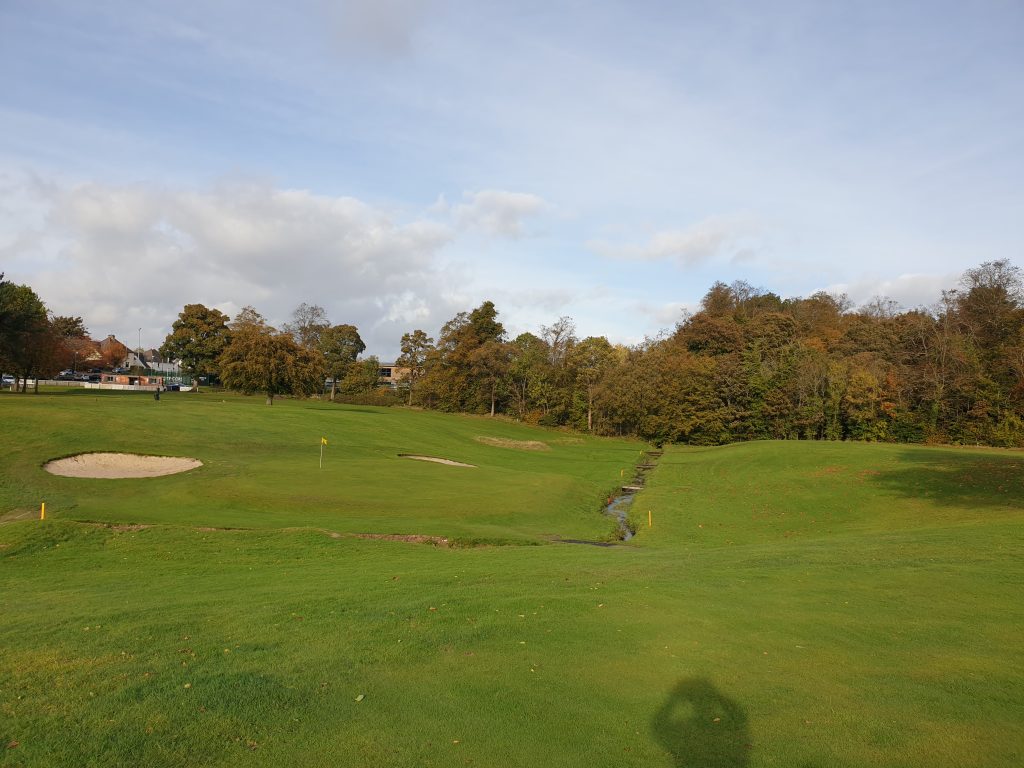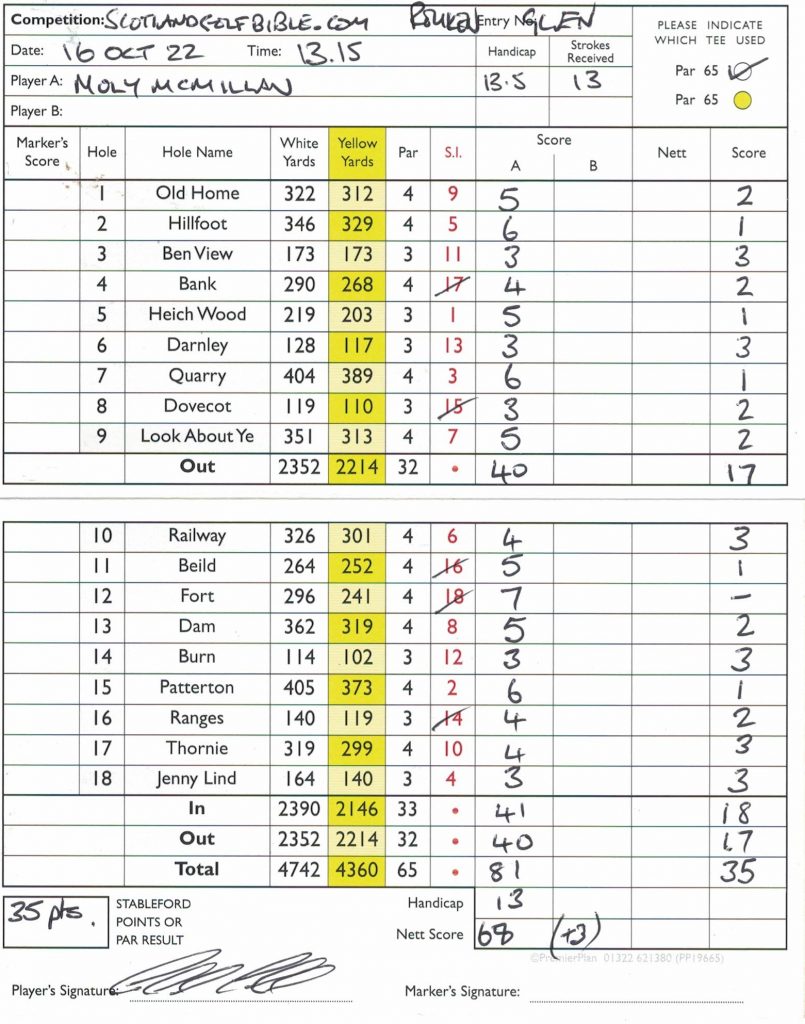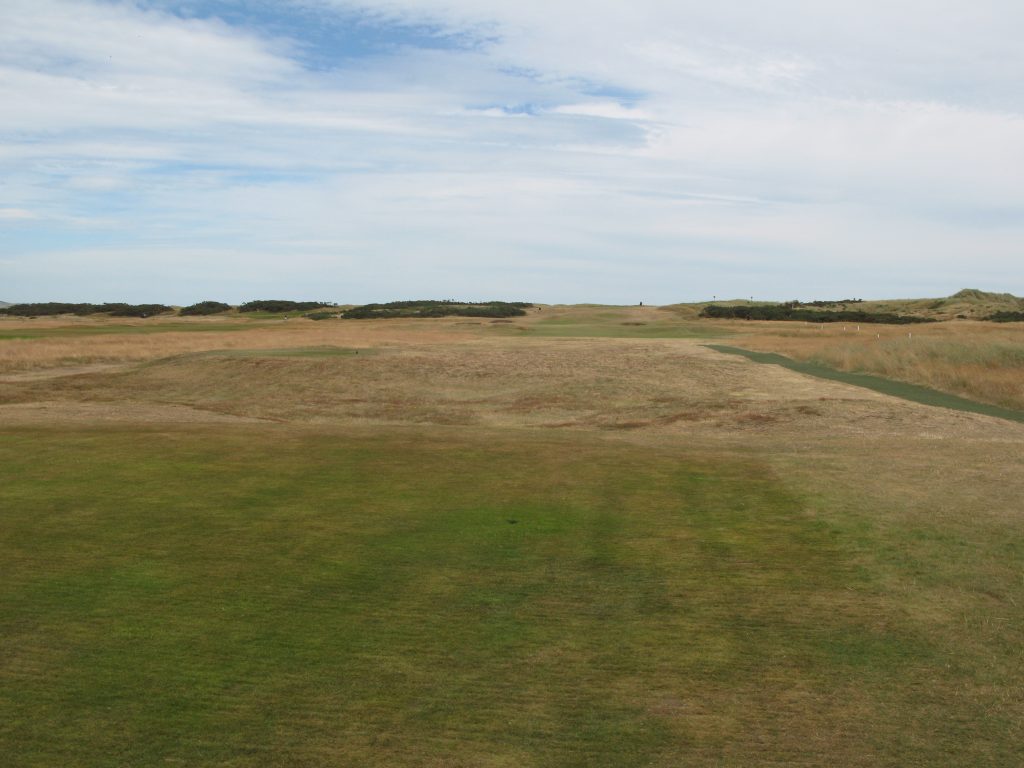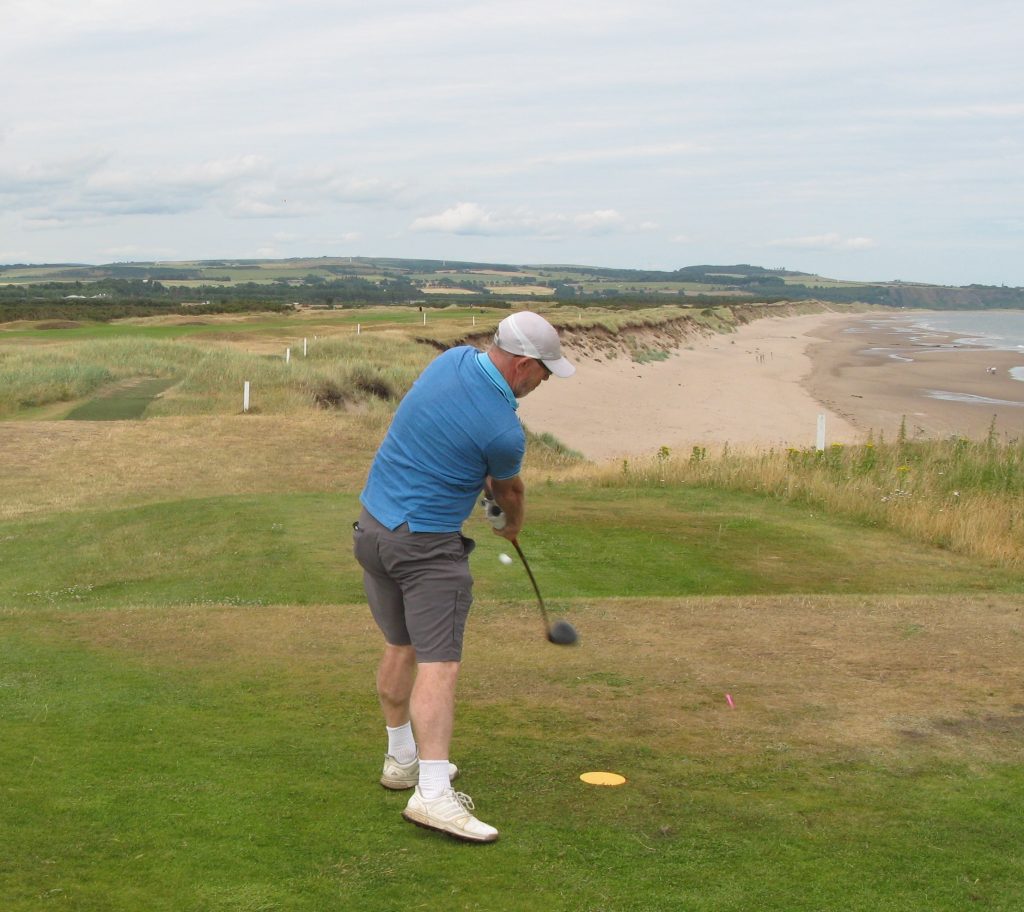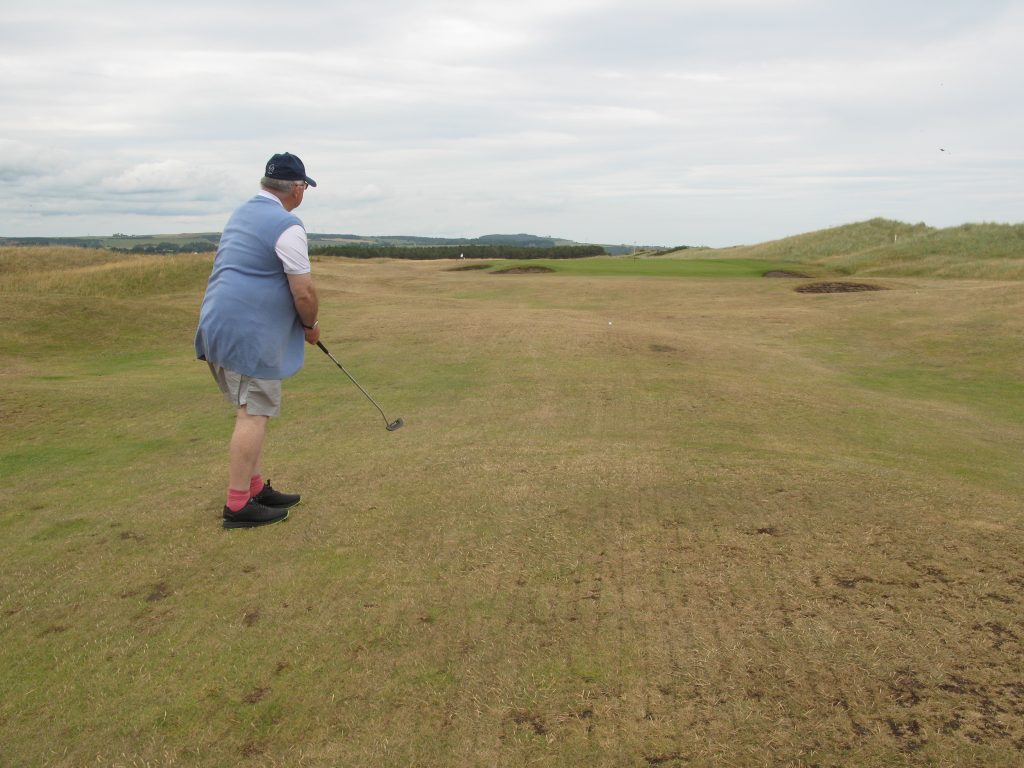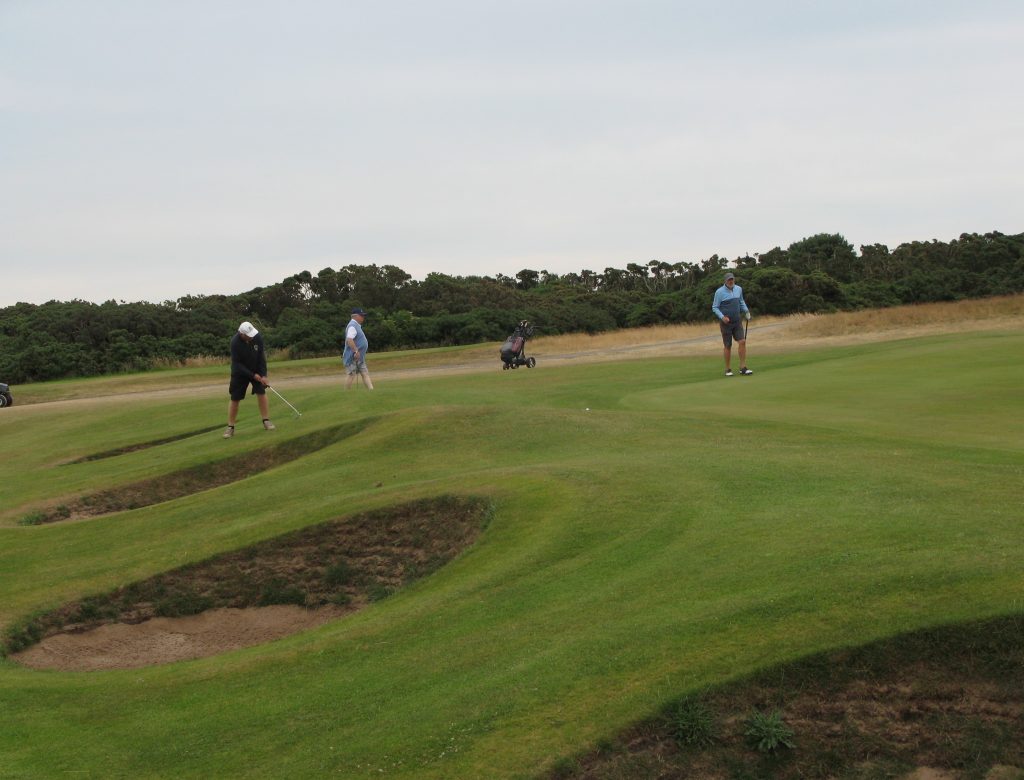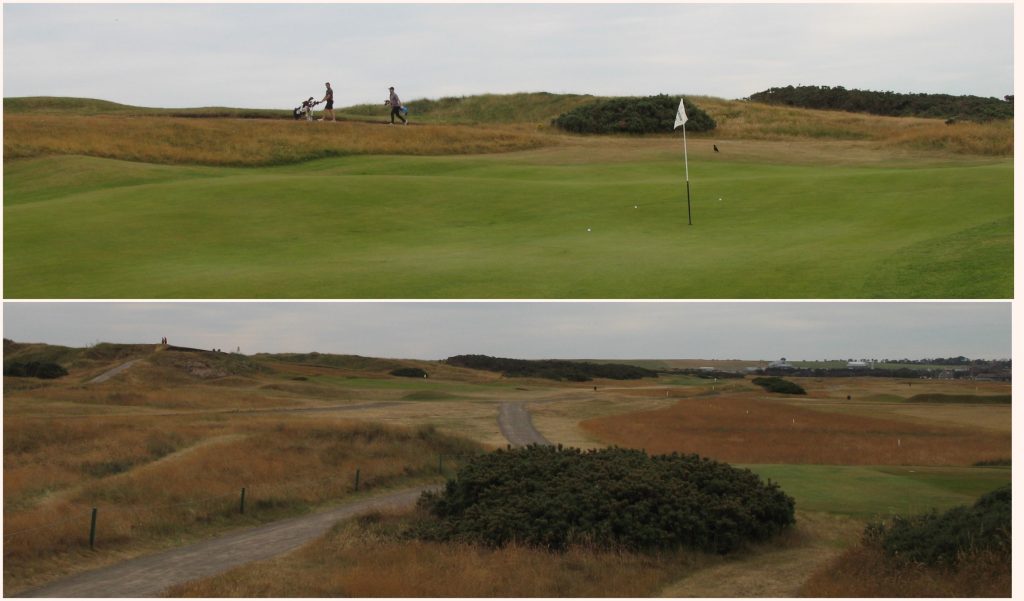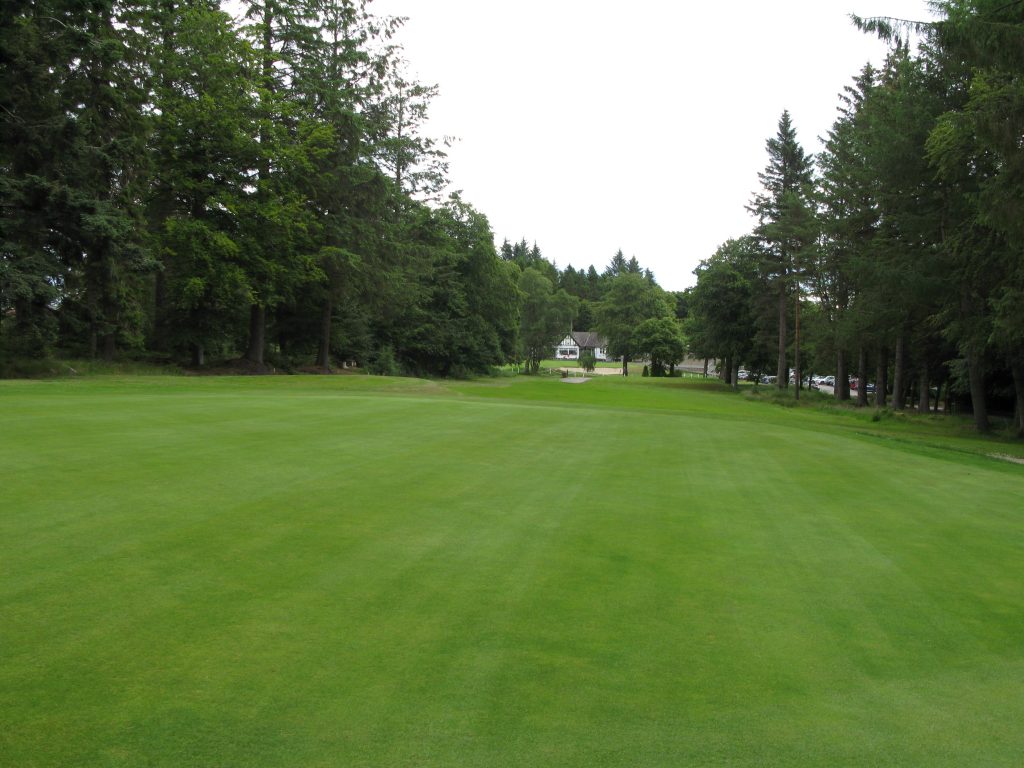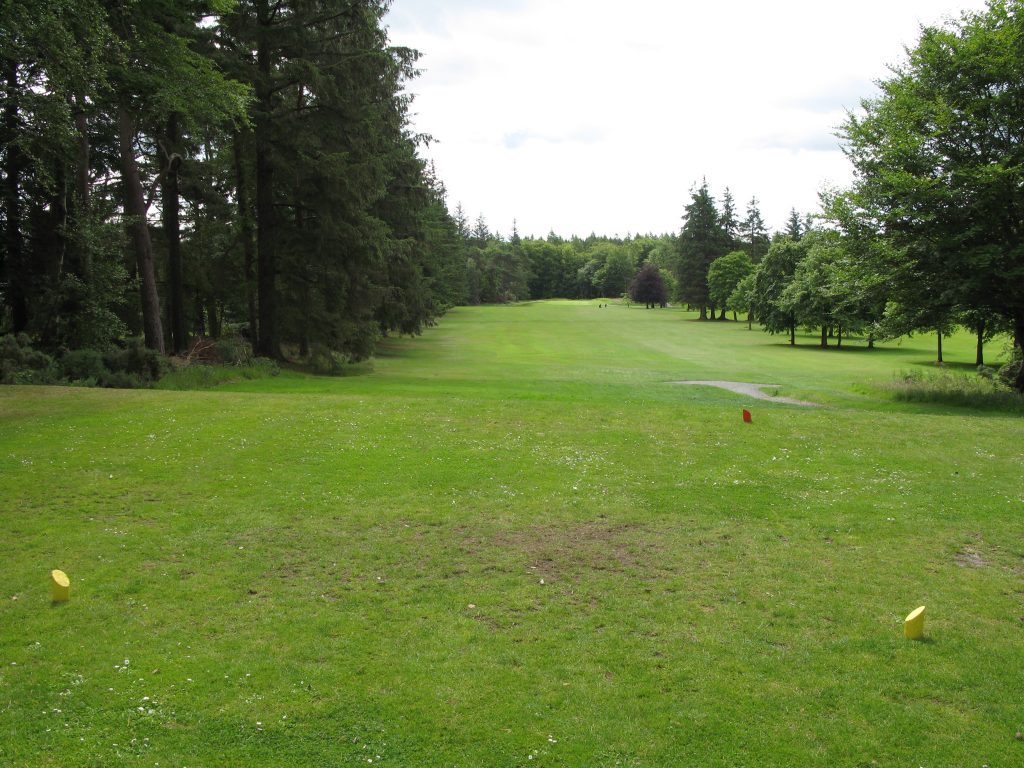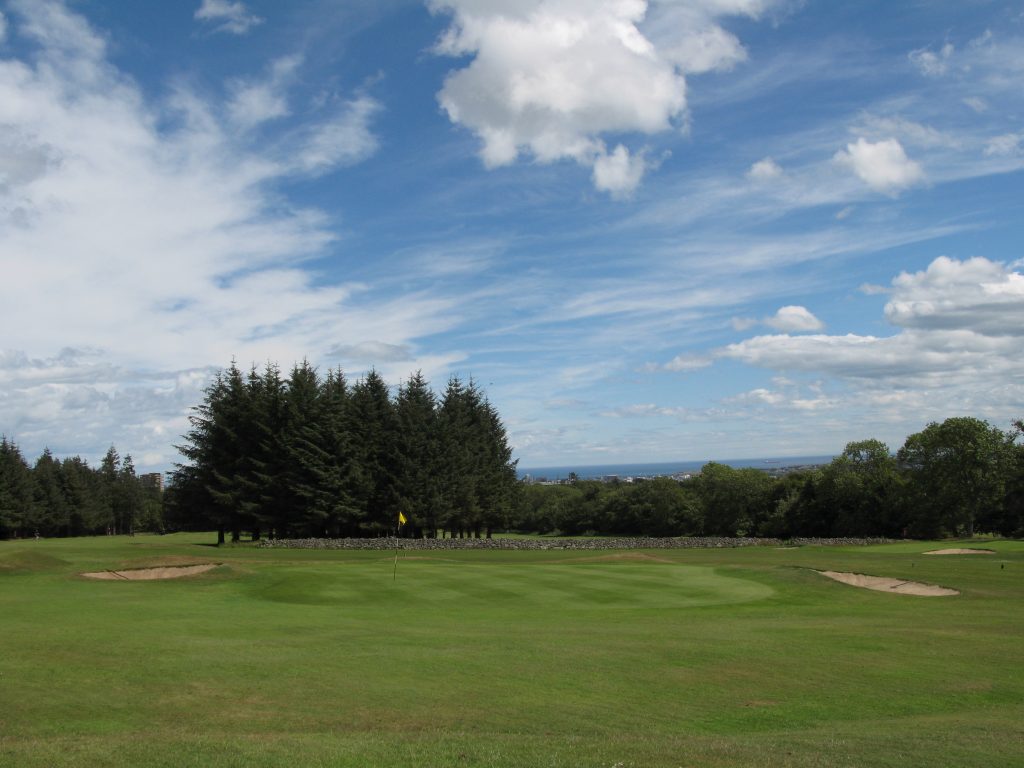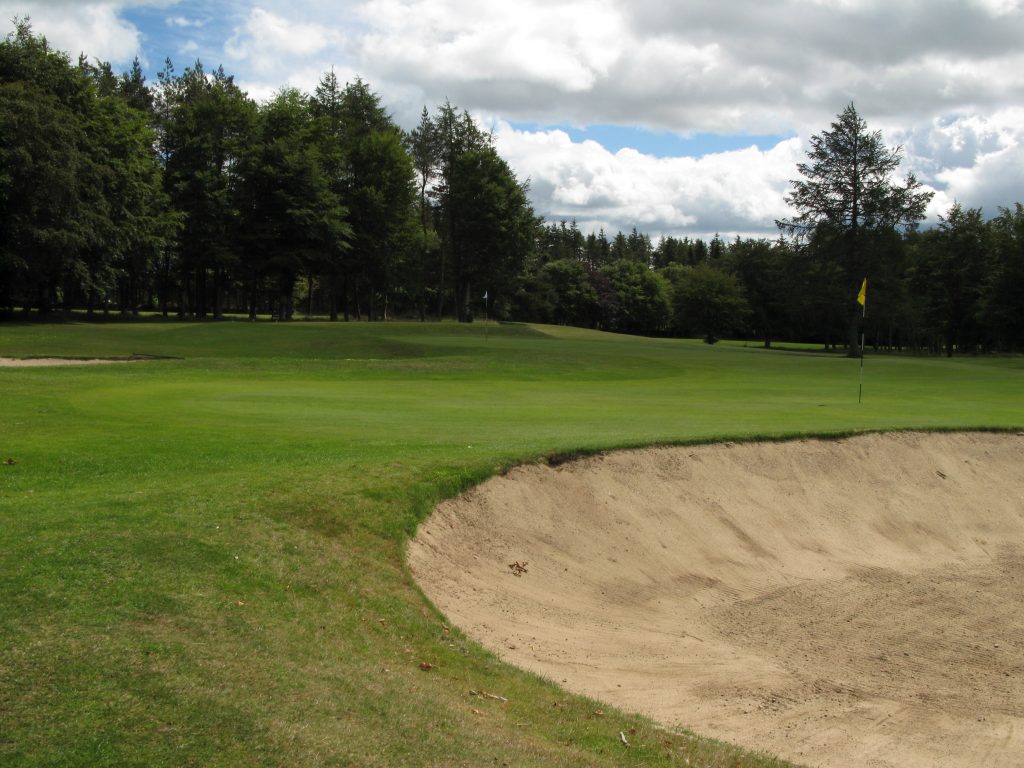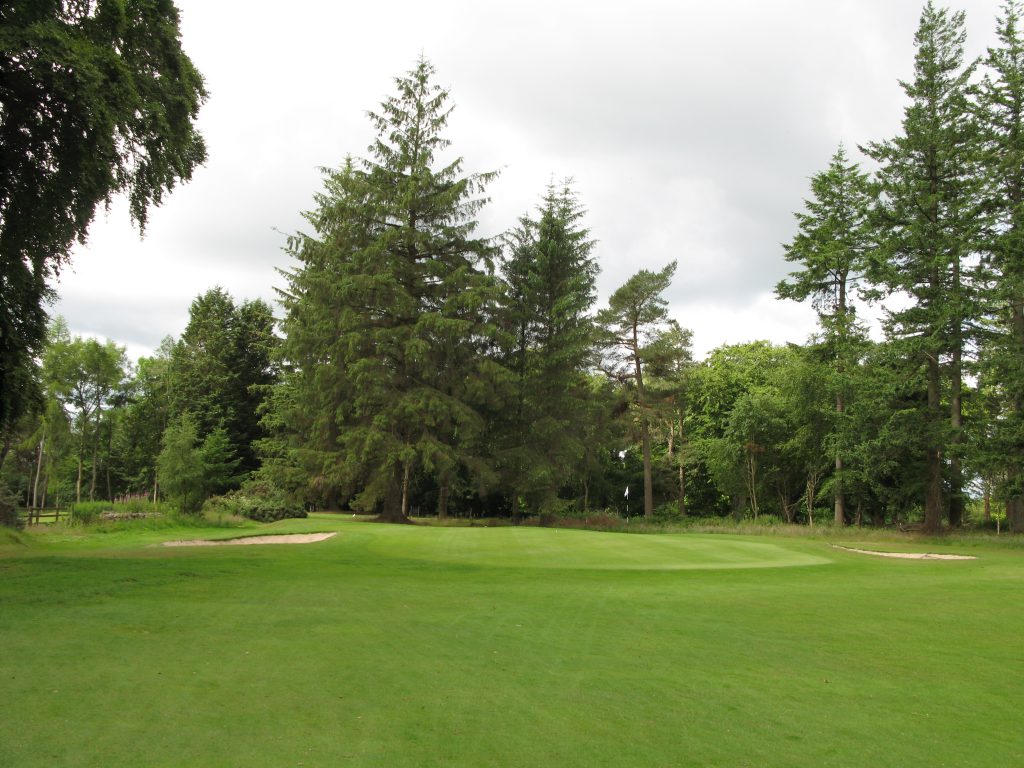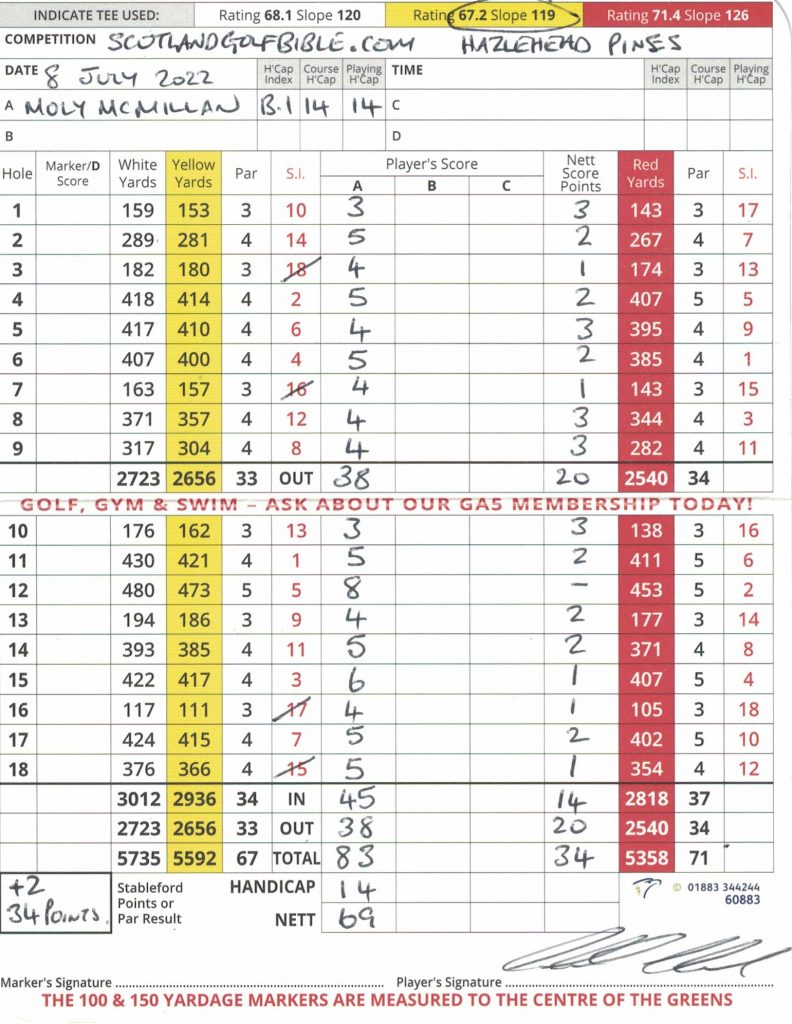Tough South Lanarkshire Council course in perennial danger of closing
Value – 4/5
Hollandbush Golf Club near Lesmahagow was founded in 1955 as a 9 hole course, later extended to 18 in 1963. Web searching “Hollandbush GC future” though will return articles about council funding woes; it’s highly likely this blog becomes redundant in future after the course closes. This will be a great shame, as Hollandbush represents a great example of a Scottish municipal course.

South Lanarkshire council operates 6 courses, in addition to Hollandbush, the other 18 holes layouts are Biggar, Langlands and Torrance House, plus two nine hole courses of Larkhall and Strathclyde Country Park.

Hollandbush also has an independent golf club, providing members with competition and social benefits. This is a common feature of municipal courses in Scotland. This ‘club’ costs £115 annually.

Golf pricing is interesting. Annual golf membership for one of South Lanarkshire’s 18 hole municipals is £475, but for just £32 more you can play all 6 courses for £508. If you can make sense of that price differential, good luck! A green fee in peak season is £25, but the winter senior rate I paid was only £9, incredible value.

The course is well designed; with constant changes of direction, the undulating fairways, regularly interspersed with well maintained ditches, provide a tough challenge. The slope rating of 129 from the yellow tees testifies to that, albeit it was a fairly generous course from the tee.

The course was well presented, especially given the wet conditions. I saw no-one else playing and the car park had only one other car, possibly owned by the clubhouse attendant. I think the council could reasonably consider “honesty” box payment to reduce its costs.

I played pretty well, scoring 88, but with 4 blobs. I actually beat the course ‘1 up’, something which is a good measure of your game,
As to the name ‘Hollandbush’ it remains a mystery for me despite my efforts to find it’s origin.
It’s worth playing Hollandbush, a course I hope continues operating.
Price £25.
Discount: Senior winter rate. £9
Course Type: Parkland
Par 70 (1 par 5, 14 par 4s, 3 par 3s)
Distance: 5552 (yellow)
Course Rating / Slope Rating (yellow) 67.8/129.
Moly’s Gross score: 88

